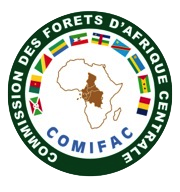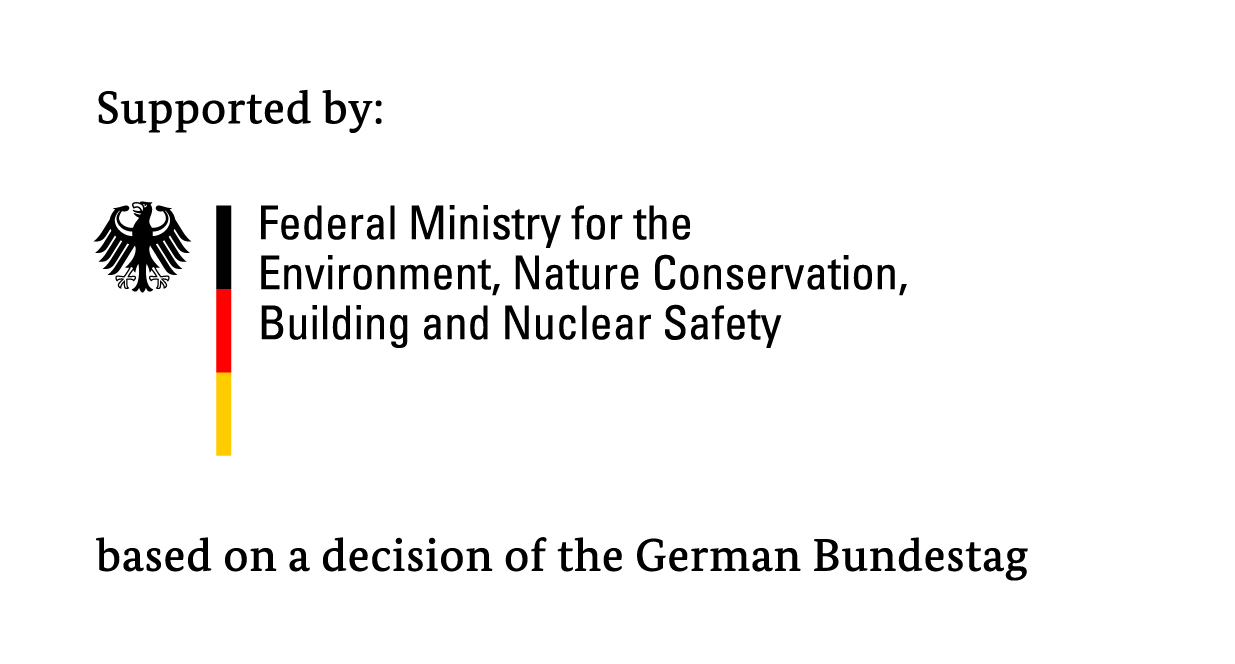
REDD-PAC Data Sets
Results for Brazil
For a first look we set up a clickable viewer tool. featuring the land use map for the year 2000 and deforestation scenarios for the year 2050.
We have produced a new land cover map for Brazil for years 2000 and 2010, based on a best combination of existing sources. A preview of some of the available datasets can be visualised below. The full content of the datasets is available as a WFS (Web Feature Service) in the following address (no password required):
http://terrabrasilis.info/redd-pac/wfs
The detailed description of the data in the WFS server is available in this technical report.
Results for the Congo Basin
Components of the Brazil LUCC database
This map shows the vegetation of Brazil in the scale of 1:5.000.000. For each polygon, the current vegetation is given (attributes with prefix "curr") and in case it is agricultural areas, the previous vegetation is also given (attributes with prefix "pre"). The attributes with prefix "curr" designate the current vegetation, "pre" designates the previous vegetation in agricultural areas, "detail" designates a combination of both and "coarse" vegetation classes are aggregated classes. The "forestflag" attribute shows whether the vegetation class is considered forest in GLOBIOM, "class_glob" is the GLOBIOM land cover class class of that vegetation class and the "class_igbp" represents a mapping to IGBP classes, done by the REDD-PAC team. The GLOBIOM vegetation class is a preliminary class. Additional datasets are used to enhance this land cover information (agricultural data, SOS Mata Atlantica forest data). Source: IBGE (Brazilian Institute of Geography and Statistics).
Forest data from preservation association "SOS Mata Atlantica"
This map shows the detailed forest cover data provided by the association SOS Mata Atlantica. Each polygon has a legend. All polygons that are forest are displayed in green. Areas that were previously forest but have been deforested ("decremento de mata") are displayed in red. In the GLOBIOM 2000 land cover map, all forest areas and areas deforested after 2000 were included as forest. The original datasets also include data on other vegetation and on urban areas, which is not included in this map. Source: SOS Mata Atlantica. The polygons are simplified for this map display (to speed up loading time).
The six Brazilian biomes: Amazonas rainforest, Atlantic rainforest, Cerrado, Caatinga, Pantanal and Pampa. This map is added for illustration reasons only. The areas of each biome in Millions of hectares is added. Source: IBGE (Brazilian Institute of Geography and Statistics).
Brazilian Protected Areas (including indigenous areas)
This map shows all areas that are considered protected areas in the GLOBIOM model. It results from merging data on protected areas from several datasets by MMA and FUNAI. This map includes all protected areas from MMA, all indigenous areas from FUNAI and a subset of the public forests from MMA. Public forests with a low protection status have been excluded (red areas in public forests map). This map is for display only, for decreasing loading times, the attributes of the individual areas are not displayed. For details, please refer to the maps of the original datasets.
This map shows the areas included in the map "Public forests" by the Brazilian Ministry of the Environment (MMA). Most indigenous areas and fully protected conservation areas are included (green), plus some areas of types that are not considered fully protected (red). Fully protected areas include areas of type APA, FLOTA, FLONA, PARNA, REBIO, ESEC, RESEX, ARIE, RDS and RVS. Not fully protected areas include areas of type GLEBA, PDS, PAE and PAF. Source: MMA (Brazilian Ministry of the Environment). The polygons are simplified for this map display (to speed up loading time).
This map shows all the indigenous areas as mapped by the FUNAI (Brazilian National Indigenous Foundation).
This map shows all conservation units from the Brazilian Ministry of the Environment's map of conservation units.
This map shows the simulation units which are used for the GLOBIOM model. Each simulation unit is approximately homogeneous in its altitude, slope and soil type. The data on agricultural production, vegetation and share of protected areas is available for each simulation unit. So far, besides the area of a simulation unit in hectares, there is the overall percentage of protected areas ("protected"), the percentage of forest and nonforest inside these protected areas ("prot_for" and "prot_nonfor", so these two add up to 100), the percentage of wetlands, forest area and area not relevant for the model ("wetlands", "forest" and "notrelev").
This map is added for illustration reasons only. Source: IBGE (Brazilian Institute of Geography and Statistics), derived from a map of all municipalities in 2007.
This map shows the 5564 Brazilian municipalities (state: 2007). Many statistical datasets are available by municipality, e.g. data on agricultural products and cattle head numbers. As some municipalities are large, those data were later disaggregated to simulation units using additional datasets and an optimisation algorithm. The polygons have the following attributes: Name, identification code (GEOCODIGO), the state code, region (macro, meso and microregion), area in hectares and the percentage of the area included in the Legal Amazon area. Source: IBGE (Brazilian Institute of Geography and Statistics).

International Institute for Applied Systems Analysis

National Institute for Space Research - Brazil

Commission des forets d'Afrique Centrale/Central African Forests Commission

United Nations Environment Programme World Conservation Monitoring Centre

Instituto de Pesquisa Econômica Aplicada

Germany International Climate Initiative
